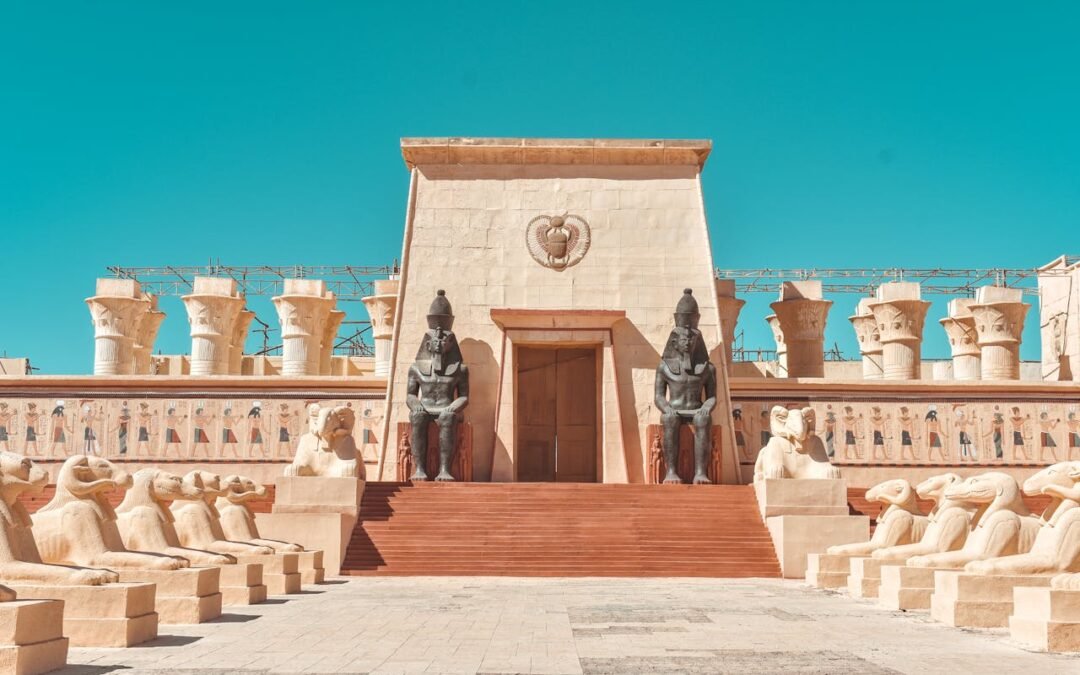Africa’s art and fashion scenes are vibrant expressions of creativity, identity, and cultural heritage. Across the continent, artists and designers blend traditional motifs with contemporary styles, creating works that resonate locally and captivate global audiences. This fusion of past and present is shaping Africa’s cultural narrative and driving a creative renaissance that influences fashion runways, galleries, and everyday life.
The Rise of Contemporary African Art
African contemporary art has gained increasing recognition on the world stage, with artists exploring themes of history, identity, politics, and social change. Painters, sculptors, and multimedia artists draw inspiration from indigenous traditions while addressing modern realities.
Artists like El Anatsui from Ghana, whose large-scale installations use recycled materials, and South African painter Mary Sibande, known for her exploration of identity and empowerment, exemplify this dynamic movement. Their works challenge stereotypes and invite global audiences to engage with Africa’s complex stories.
Fashion as Cultural Expression and Innovation
African fashion is similarly flourishing, with designers reinterpreting traditional textiles such as kente, Ankara, and bogolanfini (mud cloth) into modern, stylish garments. Fashion weeks in Lagos, Dakar, and Johannesburg showcase collections that celebrate African heritage while embracing global trends.
Emerging designers are gaining international acclaim by creating sustainable, ethically produced fashion that supports local artisans and communities. This movement not only preserves craftsmanship but also promotes economic empowerment.
Key Trends Shaping African Fashion
- Bold Prints and Colors: Vibrant patterns and colors remain central, symbolizing cultural pride and storytelling.
- Fusion of Traditional and Modern: Designers blend classic silhouettes with contemporary cuts, appealing to diverse audiences.
- Sustainability and Ethical Production: There is a growing emphasis on eco-friendly materials and fair labor practices.
- Gender Fluidity and Inclusivity: Some designers challenge traditional gender norms, creating inclusive fashion that reflects evolving social attitudes.
The Role of Technology and Social Media
Technology and social media platforms have amplified African art and fashion, enabling artists and designers to reach global markets and audiences directly. Instagram, TikTok, and online marketplaces facilitate exposure and sales, breaking down barriers that previously limited access.
Virtual fashion shows and digital art exhibitions have also expanded opportunities for creative expression and collaboration.
Challenges and Opportunities
Despite the growth, African artists and designers face challenges such as limited funding, intellectual property issues, and market access. However, increasing support from governments, NGOs, and private sectors is helping to nurture talent and infrastructure.
Collaborations between African creatives and international brands are opening new doors, fostering cultural exchange and economic development.
Conclusion
African art and fashion are powerful vehicles for cultural expression, innovation, and economic growth. By honoring tradition while embracing change, Africa’s creatives are shaping a vibrant cultural future that resonates across the continent and beyond.

